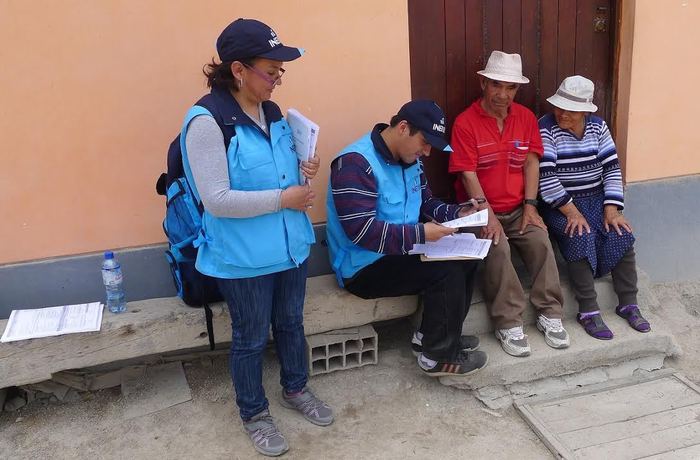ILOSTAT Home
New data reveals leading causes of seafarer deaths in 2023 New data reveals leading causes of seafarer deaths in 2023 Latest blog New data reveals leading causes of seafarer deaths in 2023 Topics Featured Sustainable development Child labour Unpaid work ILO sectors Labour supply Population and labour force Employment Unemployment and labour underutilization Working conditionsand […]








